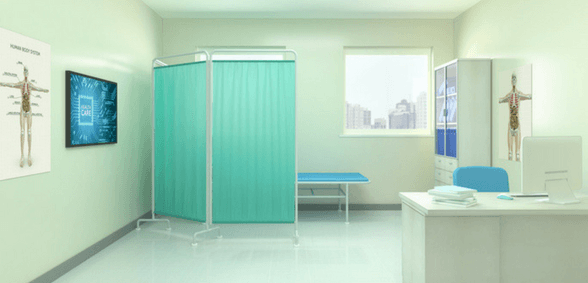
Analysis by the British Medical Association (BMA) reveals that more than 600 GP practices could be lost by 2022 without additional investment
Based on the rate of practice closures and mergers, over both the last six years and between 2016-2017, the BMA has produced two projections which estimate that England is set to lose between 618 and 777 GP practices over the next four years.
Figures published by NHS Digital reveal that there were 166 fewer practices in 2017 (7,361) than in 2016 (7,527) and that the total has fallen by 963 since 2010 when there were 8,324 GP practices in England.
While this decrease in numbers will in part be as a result of mergers, the BMA says that many will have forced to merge or have closed as a result of continued pressure on general practice – the result of a decade of underinvestment and it is now calling on Prime Minister Theresa May to address underfunding in general practice – as part of her pledge to produce a long-term funding plan for the NHS.
The General Practice Forward View: Two Years On
These projections are part of the BMA’s analysis of NHS England’s GP Forward View (GPFV) – which committed an extra £2.4bn a year to support general practice by 2020/21 and included a package of measures aimed at improvements in five key areas: investment, workload, care redesign, practice infrastructure and workforce.
While progress has been made with some initiatives, the BMA said, the organisations latest report – The General Practice Forward View: Two Years On – highlights a number of areas in which it is falling short. These include:
- It is not clear whether recurrent GPFV funding is on track, and it also remains unclear whether funding from additional resources from CCGs is being delivered.
- Current funding for general practice falls £3.7 billion short of the BMA’s target of 11 per cent of the NHS budget. Although additional funding for the NHS was committed in the Autumn Budget 2017, the amount going to general practice in real terms has not increased.
- While more GPs appear to be entering training, GP recruitment still falls short of the annual recruitment target initially set in 2015/16 and remains well short of the number needed to replace those GPs leaving the profession.
- A number of workforce initiatives – including the Targeted Recruitment Scheme, the GP Retention Scheme, and the Induction and Refresher Scheme – are having some positive impact, but processes need to be streamlined and funding made recurrent.
- Securing funding to enable improvements to practice premises has been difficult, with many infrastructure schemes delayed.
- Funding to enable online consultations has not been reaching enough practices.
- Overall, GPFV is struggling to deliver on its commitments. Across general practice, there is a widespread view that it does not go “far enough, fast enough” and after two years it still does not have the confidence of GPs.
Commenting on the report and it’s findings, Dr Richard Vautrey, BMA GP committee chair, said:
“We have seen the devastating effect of practice closures over the last few years, with more than a million patients displaced since 2013, and now this analysis paints an even bleaker picture for the future.
“Patients already face unacceptably long waits for appointments, and without urgent government action and significantly more investment this will only get worse as millions more are left without a practice and struggling to find a new one.
“As GPs face the mounting pressures of increased demand, unmanageable workloads and lack of resources, more and more are leaving the profession or handing back their contracts. At the same time, too many medical school graduates are seeing the situation unfold in general practice and understandably choosing other specialities.
“The latest workforce figures speak for themselves, and just yesterday, the Health Secretary finally admitted that his pledge to hire an extra 5,000 GPs by 2020 was unreachable.
“In 2016 NHS England published its GP Forward View (GPFV), outlining a number of measures aimed at improving primary care provision and the working lives of doctors, but two years on, it’s clear that it is struggling to deliver on its promises, leaving most of the profession unconvinced that the plan will make a material difference to their workload pressures.
“While progress has been made in a number of areas, GPFV has failed to make a big enough impact on the recruitment and retention crisis and has been unable, so far, to make any significant inroad into the unmanageable daily workload within general practice. Furthermore, despite frequent requests from the BMA, NHS England is yet to clarify whether its spending promises are on track.
“Overall, our research provides further evidence that general practice remains in critical condition.
“It does not have to be that way, however. The Prime Minister has pledged to lay out a long-term funding plan for the NHS later this year, and she must use this opportunity to tackle the decade of underinvestment in general practice. The future of primary care must be central to the discussions around the Prime Minister’s plans and any announcements later this year.
“With proper investment that goes directly to practices and not blocked by time-consuming bureaucracy, a package of fully-resourced measures like those set out in the BMA’s Saving General Practice4 report could have a real impact on the ground for GPs, practice teams and most importantly, their patients.
“General practice has been the foundation of the NHS for the last 70 years. It’s time the government takes urgent action to guarantee its future for the next 70 years and more.”
Don’t forget to follow us on Twitter, or connect with us on LinkedIn!

2 Trackbacks / Pingbacks